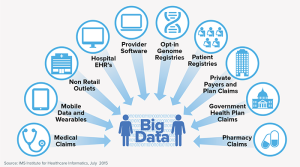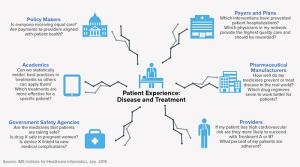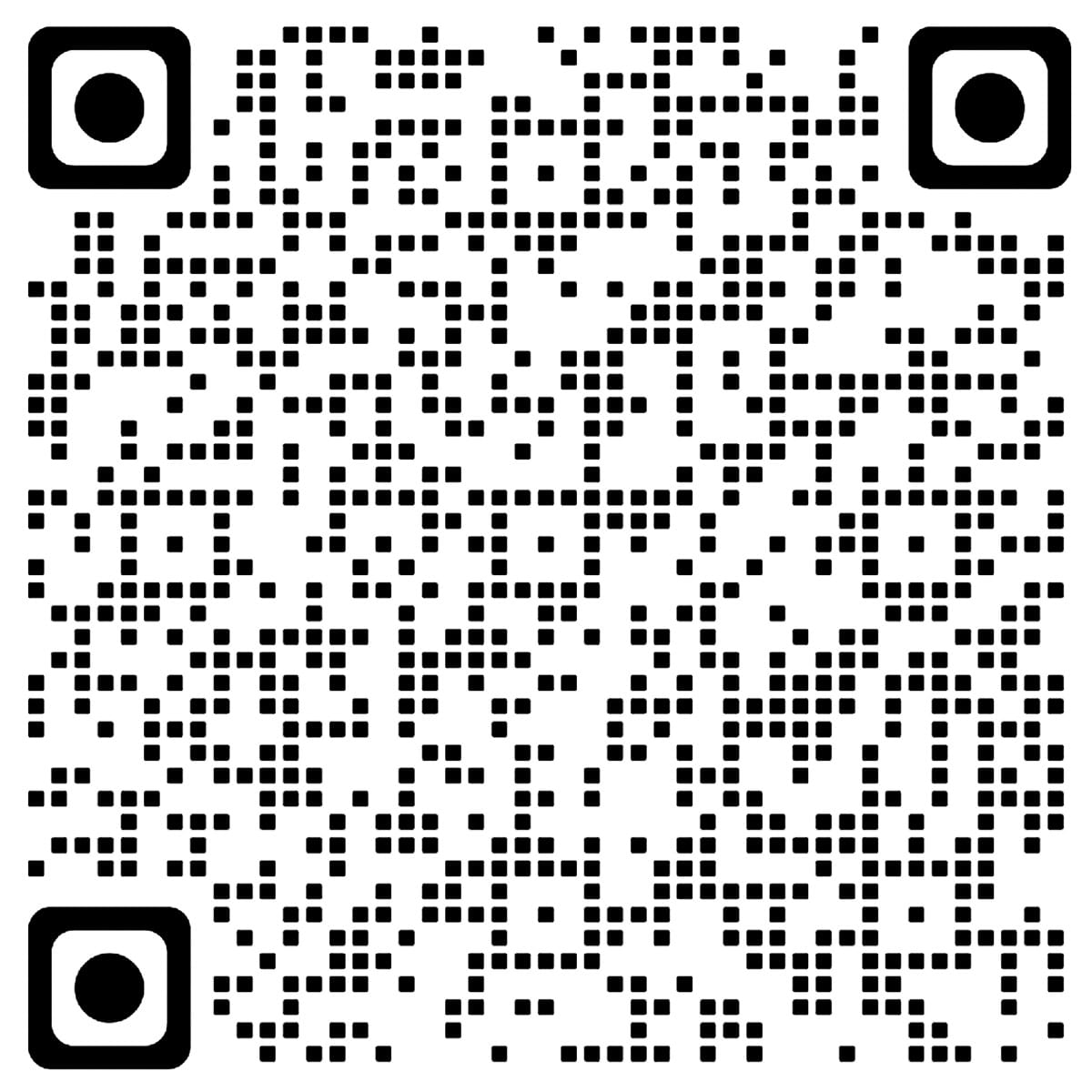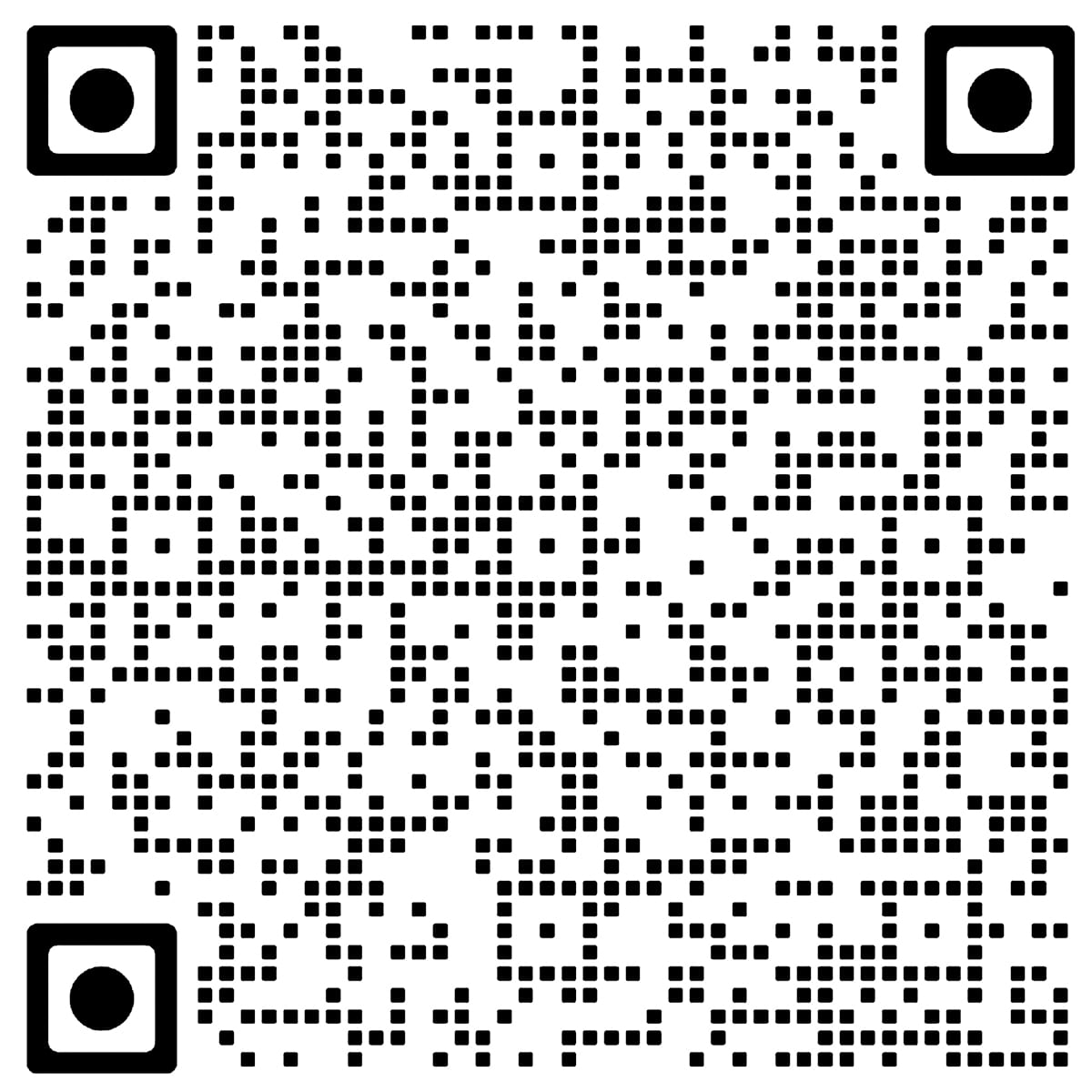Closing the Healthcare Gap: The Critical Role of Non-Identified Information
Editor’s Note: As part of our series on big data in health care, we are pleased to bring you the following summary of a report by the IMS Institute for Healthcare Informatics, a division of IMS Health that provides objective, relevant insights and research that accelerates the understanding and innovation critical to sound decision making and improved patient care.

Murray Aitken, IMS Health
Big data in healthcare brings the opportunity to close the “healthcare gap” — the difference between reality today and what is possible from a clinical, societal and economic perspective. Interactions that patients have with the health system are increasingly being captured digitally, but to maximize the value of this data to advance research and understanding of our connected healthcare system, patient privacy must be protected. Standardized patient privacy and security frameworks for de-identifying this data serve to advance the appropriate use of big data for research across health stakeholders, thereby enabling the data to provide a range of benefits to patients and societies.
“Big Data” Creates New Opportunities to Close the Healthcare Gap by Identifying Issues, Guiding Solutions and Monitoring Improvements to Patient Care and Access

- Interactions that patients have with the health system are increasingly being captured digitally, creating ‘big data’ that can improve understanding of healthcare usage and care delivery.
- A vast range of research using non-identified longitudinal patient-level data has contributed to efforts that improve health, combat health disparities and save money.
- Non-identified patient-level data provides real-world medical evidence that accelerates progress and improves performance of health systems around the world.
The most critical benefit of shared information is the ability to enable connected healthcare through data to fully understand what works, what doesn’t, at what cost, and with what benefits for individuals and patrons.
- Non-identified patient-level data provides real-world medical evidence that accelerates progress and improves performance of health systems around the world.
- A key benefit of sharing non-identified patient-level information is the ability to create a connected view of patients, critical to supporting a connected healthcare system.
Request a copy of the full report.

















